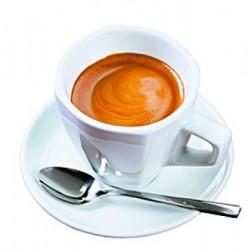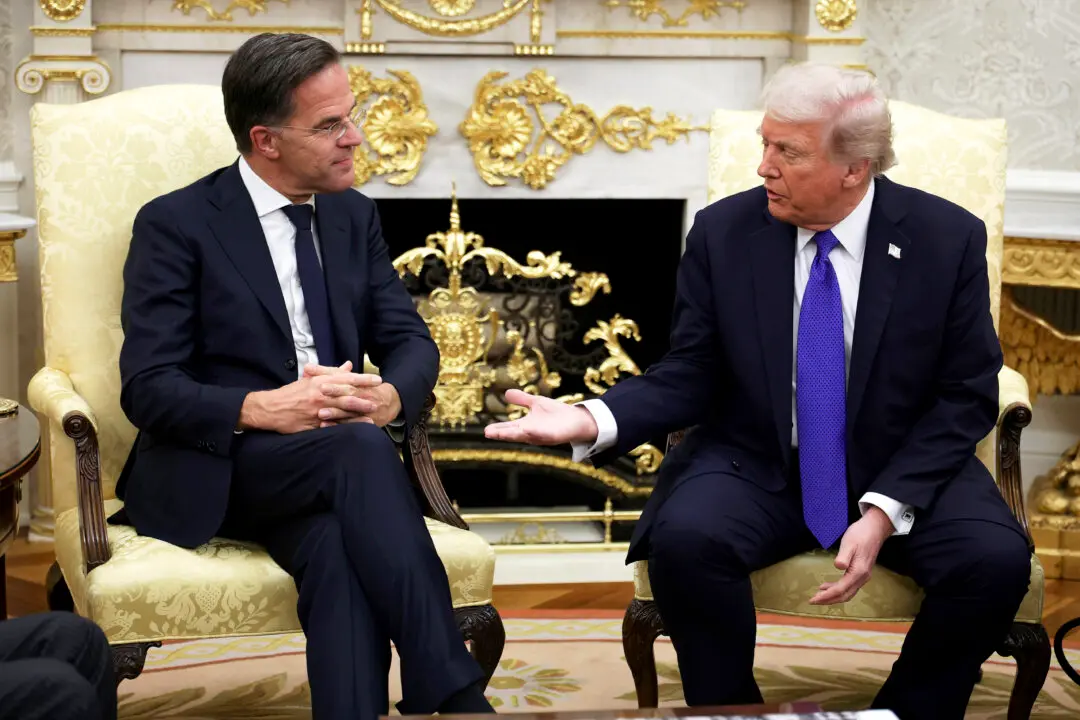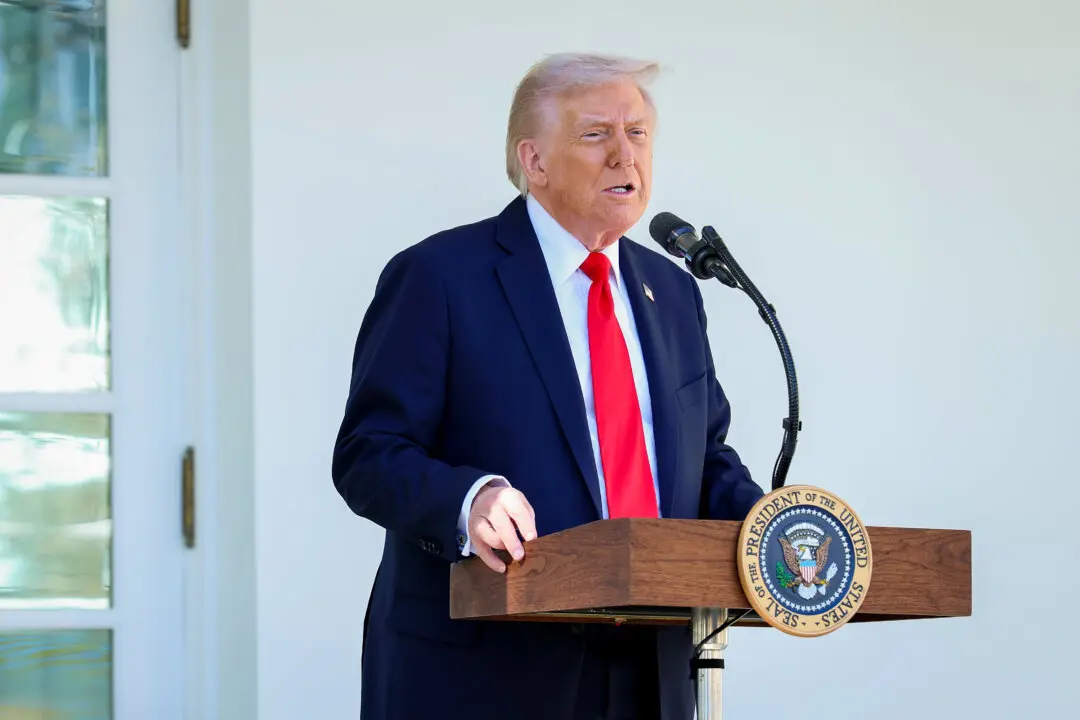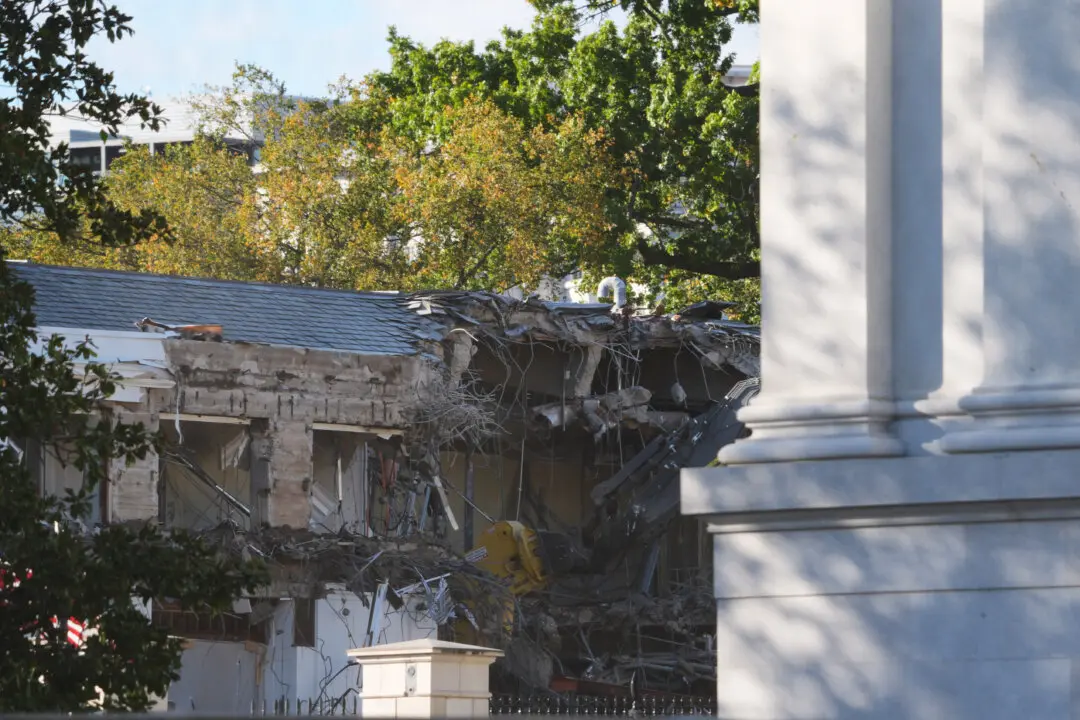Italians are very particular when it comes to how their coffee is prepared and tastes—and they don’t much like the American style.
In Italy, coffee (caffè) means espresso—a small, strong shot of black coffee with a brownish foam (crema) on top. This is Italy’s ubiquitous, almost sole method of preparation.
Good baristas are highly trained and skilled in their craft. “They are deeply proud of it. There is little tolerance for coffee that doesn’t meet a threshold standard for quality,” said Andrea Illy, president and CEO of the iconic Italian coffee company Illy, in an email.

TOBIK/SHUTTERSTOCK





